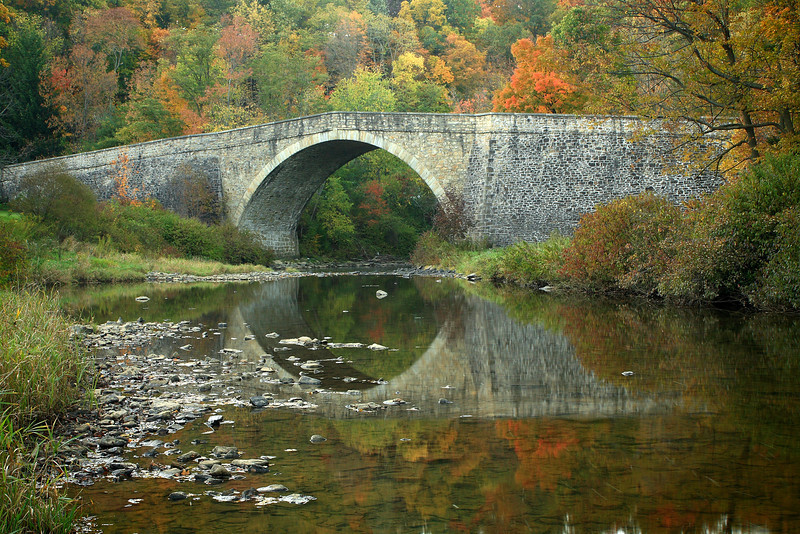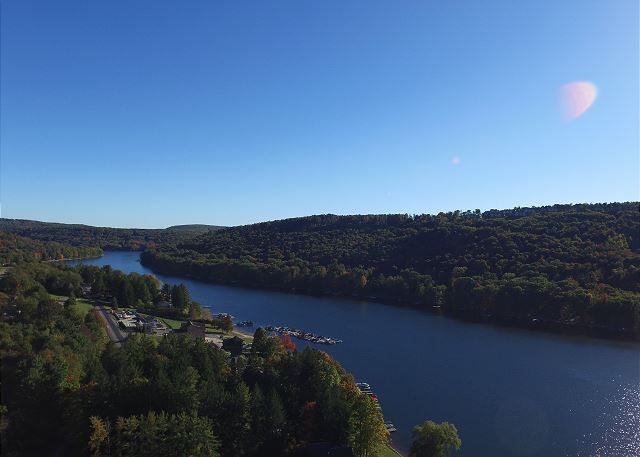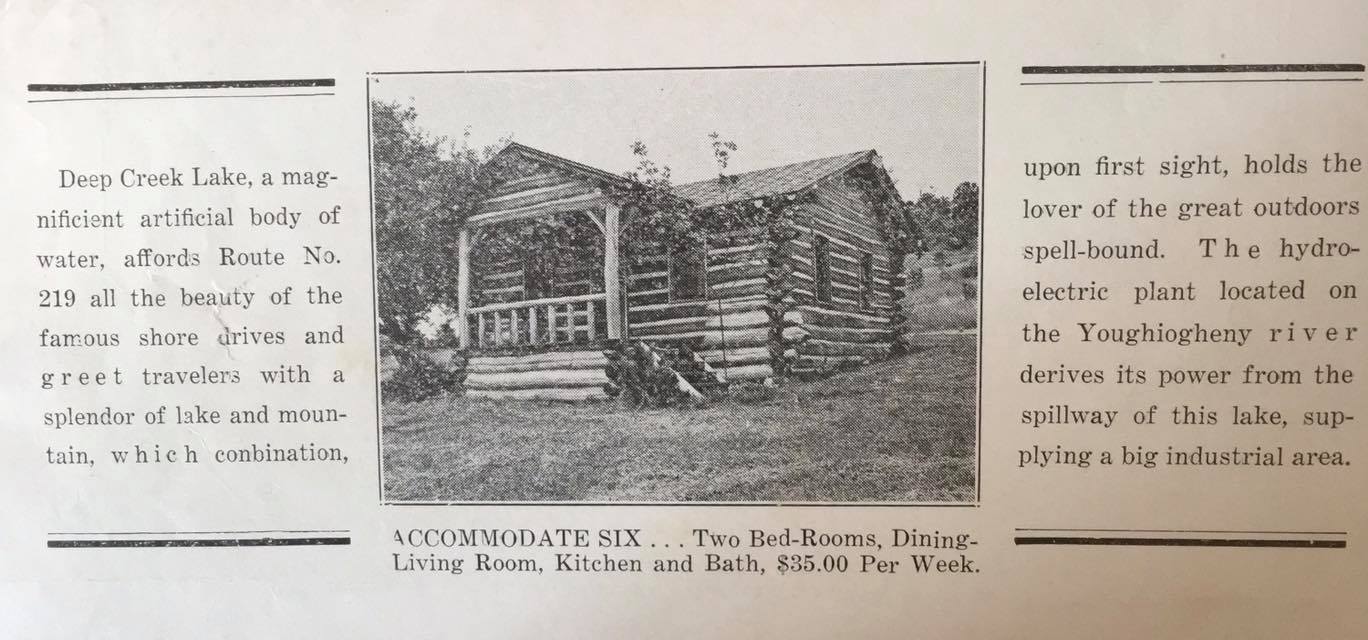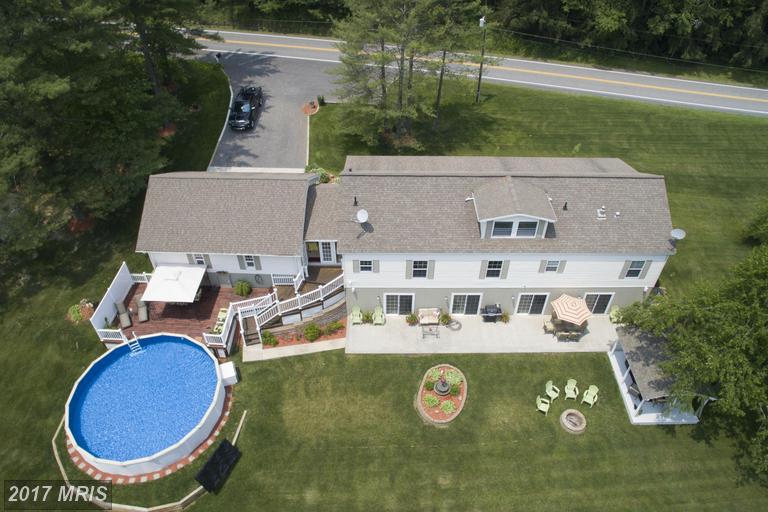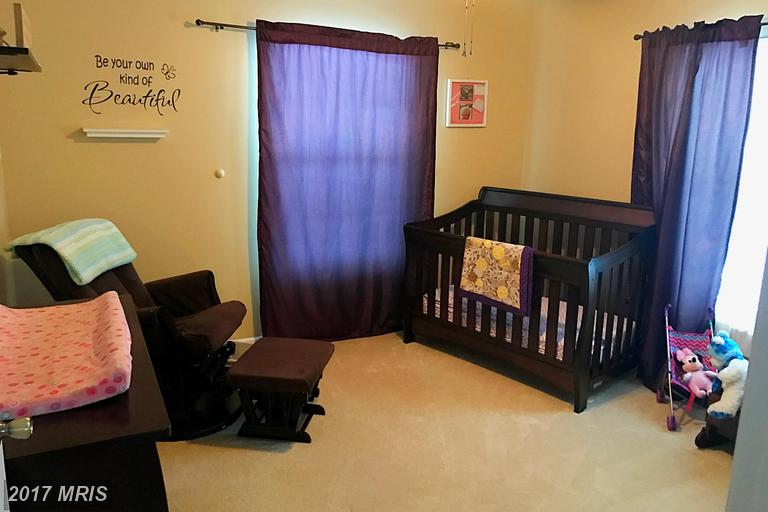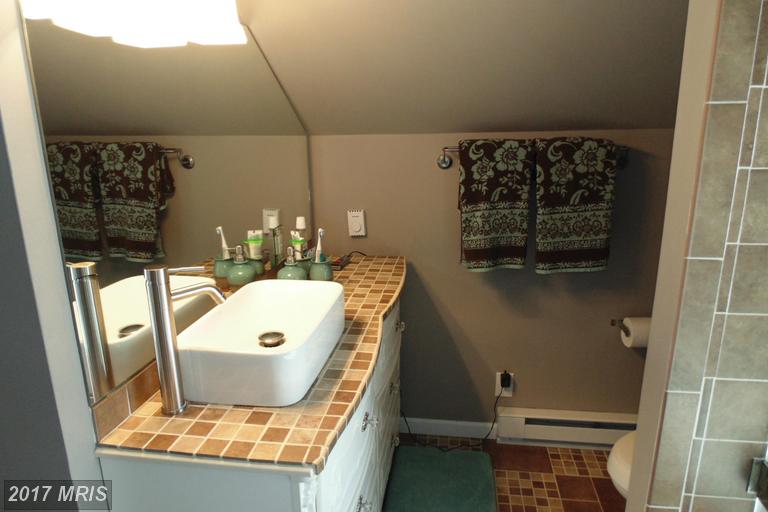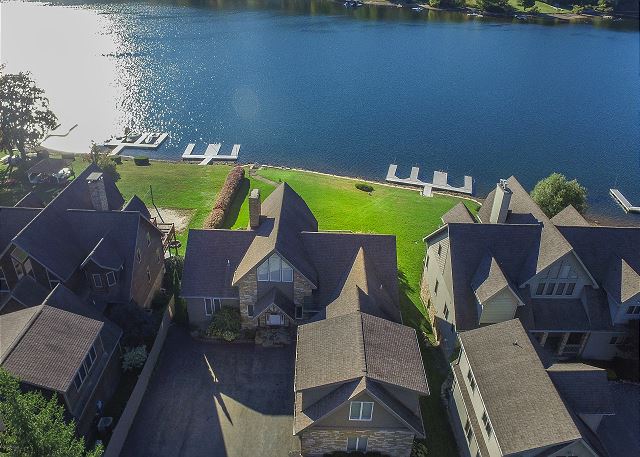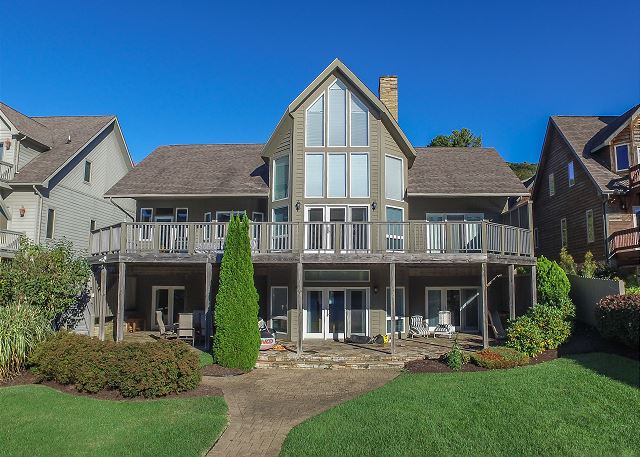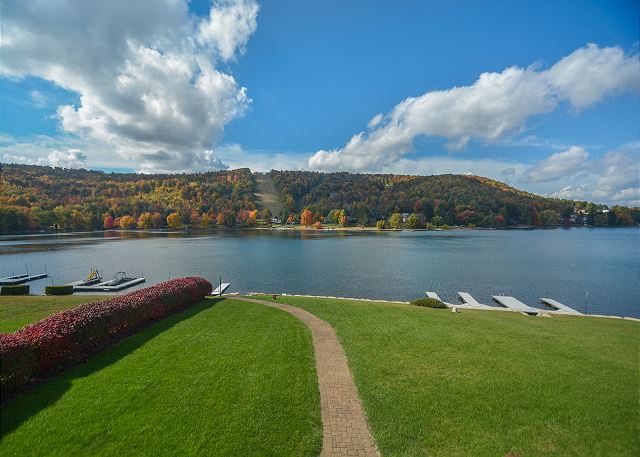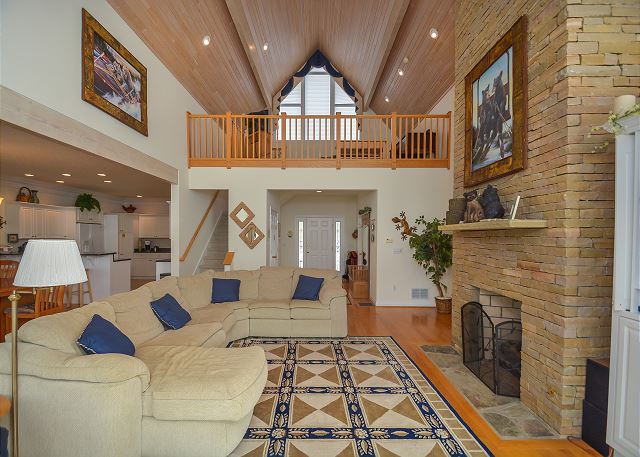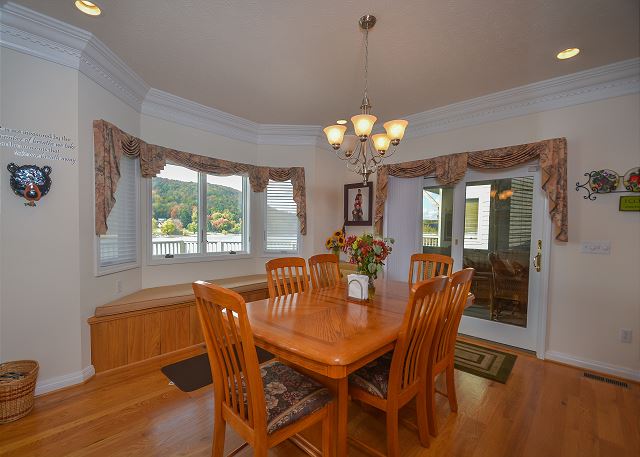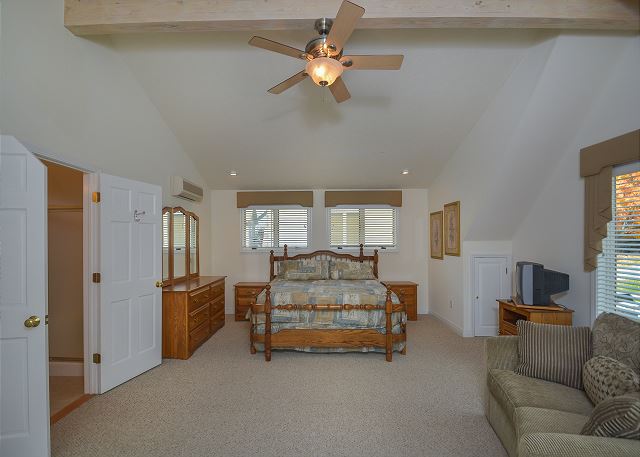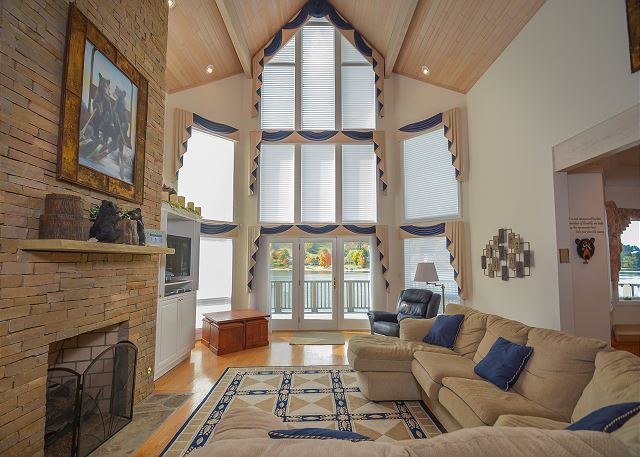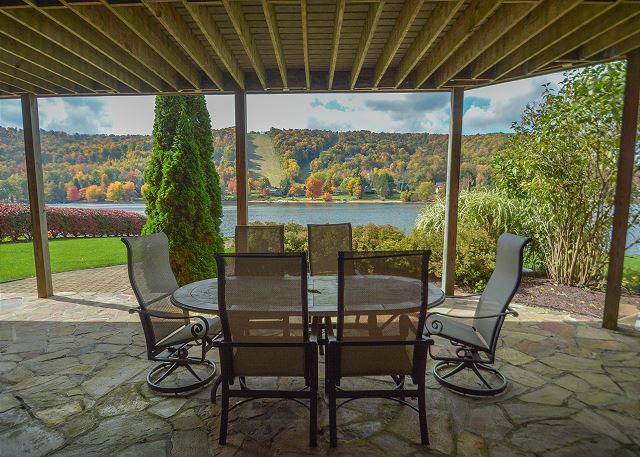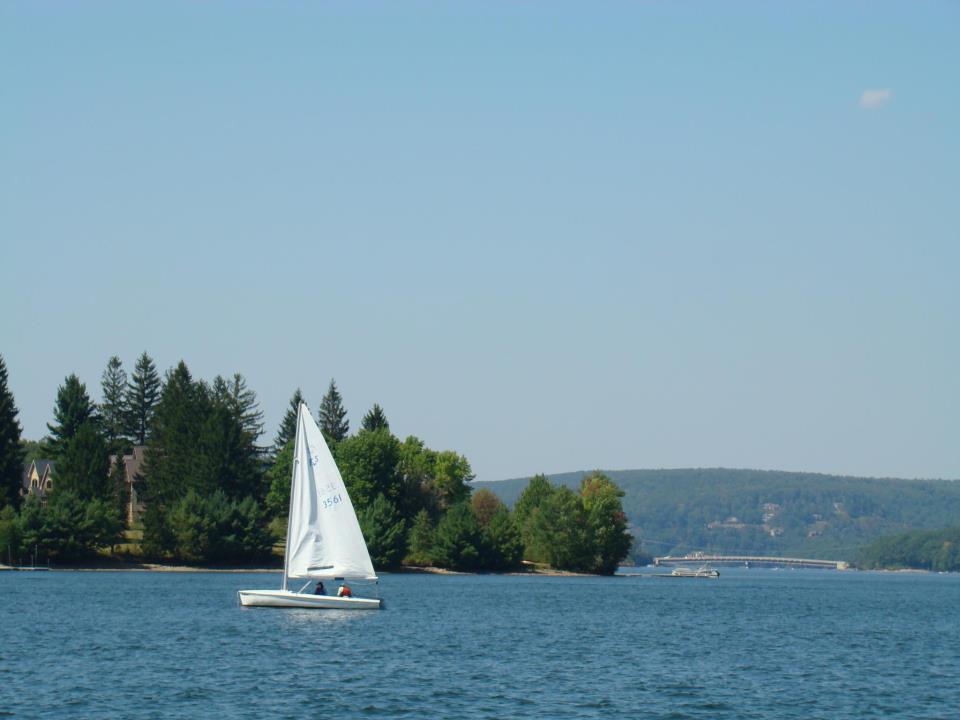GRANTSVILLE, Md. – Maryland transportation officials listened to the public’s opinions on the U.S. Route 219 Improvement Project at a joint public hearing Monday night at Grantsville Elementary School.
Three possible options were discussed Monday night – all involving the improvement of Route 219 between its interchange with Interstate 68 in Grantsville and Old Salisbury Road, which is approximately 1.4 miles north of the I-68/Route 219 interchange.
That 1.4-mile stretch of two-lane road, which includes an intersection with U.S. Route 40 Alternate, represents approximately half the total length of Route 219 between its interchange with I-68 and the Maryland-Pennsylvania border, according to maps shown at Monday’s hearing.
“It’s an important step in the continuing effort to connect Somerset and Johnstown to I-68, which is part of the continuing process to create an infrastructure to generate greater prosperity in our region,” Henry Cook, president of Somerset Trust Co., said before Monday night’s hearing.
Somerset County Commissioner John Vatavuk – who was one of several people who provided official testimony Monday night regarding their opinions on the project – agreed.
“We see a great economic development tool here – a great tool to get traffic through our area and through western Maryland,” he said.
Officials from the Maryland Department of Transportation’s State Highway Administration have narrowed the options for the project down to three finalists, nicknamed Alternatives 2, 3 and 4 at Monday’s hearing. (Alternative 1, making no changes at all, was also presented as a baseline for comparison.)
Alternative 2 proposed widening the existing alignment of Route 219 between the I-68 interchange and Old Salisbury Road by adding two 12-foot-wide travel lanes, one in each direction. Route 219, under this alternative, would transition back to a two-lane highway at Old Salisbury Road. Dedicated right-turn lanes would be maintained at the Pilot Travel Center in Grantsville and at the intersection of Route 219 and Route 40 Alternate.
Alternative 3 would involve adding four new 12-foot-wide travel lanes, two in each direction, to the existing alignment of Route 219.
Just north of the Pilot Travel Center, the existing Route 219 would transition into a two-lane roundabout that would provide access to the travel center – and to a new alignment of Route 219 that would bridge over Route 40 Alternate and continue approximately 1 mile north before rejoining the existing Route 219 at Old Salisbury Road, near the entrance to a proposed Casselman Farm industrial park.
Under this alternative, the existing I-68/Route 219 interchange would remain in use.
Alternative 4 would create a new interchange – replacing the existing intersection between I-68’s ramps and Route 219 with a two-lane roundabout – and a new road alignment that would loop around the Pilot Travel Center as a four-lane divided highway, cross over Route 40 Alternate on a bridge and continue approximately 1 mile north before rejoining the existing Route 219 at Old Salisbury Road.
Also under Alternative 4, the current exit ramp from I-68 westbound to Route 219 would be realigned and lengthened to tie into the new roundabout.
The proposed new alignment in Alternatives 3 and 4 would feature two 12-foot-wide travel lanes in each direction, separated by a raised median.
Project manager Barrett Kiedrowski said officials’ priorities for the project are “to support local and regional economic growth, efficient highway operations for development and community access.” All three alternatives, officials said, include inevitable impacts to historical sites, environmental areas and private property.
Hearing officer Tony Crawford said the project is already fully funded. In June 2015, Maryland Gov. Larry Hogan announced $90 million in funding for design, right-of-way acquisition and construction to realign Route 219 between I-68 and the Maryland-Pennsylvania border.
Vatavuk testified that he and Cook – both members of the Greater Cumberland Committee’s North-South Appalachian Highway Coalition, he said – supported Alternative 4.
“We need a limited-access highway between here and Somerset,” Vatavuk said, noting that the 11-mile extension of Route 219 between Somerset and Meyersdale is scheduled to open in 2018.
When that section of highway opens, the only section of Route 219 between I-68 and the Pennsylvania-Maryland border that won’t be a four-lane limited-access highway will be the 5 miles between Meyersdale and Maryland, North-South Appalachian Highway Coalition coordinator David Moe said in August.
“If you get your section done,” he told Maryland officials, “we think it will be more incentive for the state of Pennsylvania to get the last 5 miles (between Meyersdale and the Maryland-Pennsylvania border) done … and we can all live happily ever after.”
Tom Sheehan of Garrett County urged officials during his testimony to consider the project’s economic context.
“If I have a preference, it’s for Alternative 2, but I came tonight to talk about the big picture, which I think has been overlooked,” Sheehan said.
That big picture, he said, was the Continental 1 corridor – a proposed 1,500-mile international freeway route from Toronto to Miami that, according to plans presented on the Continental 1 website, would run for part of its length along Route 219 in western Pennsylvania.
Continental 1 is intended to improve international trade, according to the project’s website – meaning that, if the route is completed, a significant portion of its traffic would be trucks hauling heavy loads, Sheehan said. The roundabout included in Alternatives 3 and 4, he argued, would slow such traffic significantly.
“I think Alternatives 3 and 4 are awful, terrible, bad and every other synonym I can think of because of that traffic circle idea,” Sheehan said. “Coming down out of Pennsylvania, it’s a freeway-style system that suddenly terminates in a traffic circle. What a terrible idea!”
Sheehan said he supported Alternative 2 because “it can be constructed in a short, finite period of time,” leaving the possibility of future expansion of Continental 1 open for the future.
Bill Orner of Grantsville, meanwhile, said he supported Alternative 4 for more personal reasons.
“Alternative 2 is going to take my house and part of my business,” he said. Alternative 3, he added, would place a roundabout right next to his house, causing a nuisance.
Officials said they will take the testimony they heard Monday night into consideration as they refine their plans and choose which of the three alternatives will be built. Final location and design approval is expected to come sometime this summer, with construction beginning sometime in 2018.
Some, however, are already looking to the future, considering the next piece of the puzzle. Cook noted that Route 219 will remain a two-lane road in Maryland between Old Salisbury Road and the Pennsylvania border, even after the project discussed Monday is completed.
“Obviously, the critical piece now – the Pennsylvania line (extension), the Meyersdale bypass – we have to find funding vehicles,” Cook said. “Hopefully, with these promises of infrastructure funding coming out of Washington, these projects get some attention.”
for more information, click here.


